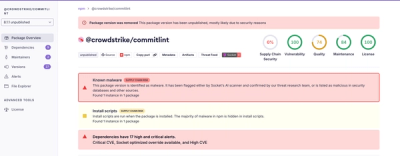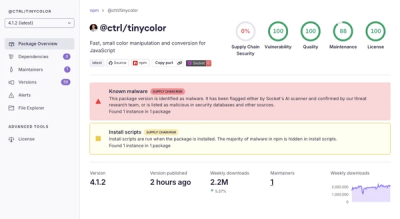topocalc



The topocalc package is a collection of functions to calculate various metrics on a digital elevation model (DEM). The calculations follow the equations laid out in Dozier and Frew, 1990 for the gradient, horizon and sky view factor. Currently the supported calculations are:
- Gradient for slope and aspect
- Horizon angles for an azimuth
- Sky view factor for percent of the sky that is visible from a point on the DEM
Background
Azimuth convention
For the azimuth's and aspects, the convention is that South is 0 degrees (0 radians) with positive values to the East (+90 degrees or pi/4 radians) and negative values to the West (-90 degrees or -pi/4 radians). North is -180 degrees or -pi/2.
Gradient for slope and aspect
The gradient method calculates the slope and aspect of the input DEM. There are two methods in topocalc.gradient the gradient_d4 and gradient_d8.
gradient_d4 mimics the slope and aspect calculations of the IPW gradient function. This calculates the slope for a finite difference in just the x/y direction.
gradient_d8 (the default) uses a second order finite difference for a 3x3 square around a given point on the DEM.
The gradient is used to calculate the aspect from North (0 degrees). A conversion function will take the aspect in degrees and convert to radians with South being 0.
Horizon angles
The horizon angle for a point on the DEM is the angle from zenith to the horizon for a given azimuth. Following the methods laid out in Dozier and Frew, 1990 and in IPW horizon the grid is rotated in the direction of the azimuth to make it a one dimensional problem.
The horizon function will search the entire DEM profile for the horizon by finding the maximum slope along the profile. This search is performed in C to significantly speed up the computation.
The values reported from horizon are cosine of the horizon angle.
Sky view factor
The sky view factor (svf) is the amount of the sky that is visible to a particular point. The svf is between 0 and 1 with 1 indicating no obstructions from surrounding terrain and 0 indicating full obstruction. The svf uses the slope, aspect and horizon angles for 72 directions to estimate the sky view factor for the DEM.
Usage
Installation
NOTE: topocalc has only been tested for Python 3.6 to 3.9 on Linux and MacOSX environments. If building from source, topocalc must be compiled with gcc, clang will not work if on MacOS.
To install:
pip install topocalc
Gradient usage
from topocalc.gradient import gradient_d8
dem = load_dem(path_to_dem)
dem_dx = 30
dem_dy = 30
slope, aspect = gradient_d8(dem, dem_dx, dem_dy)
Sky view factor usage
from topocalc.viewf import viewf
dem = load_dem(path_to_dem)
dem_spacing = 30
svf, tvf = viewf(dem, spacing=dem_spacing)
Command Line Interface
Comming soon!




